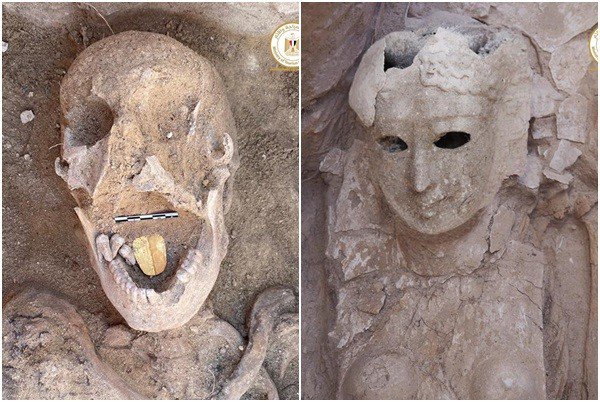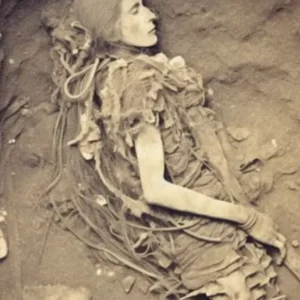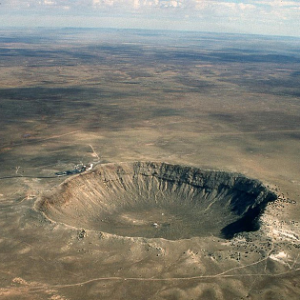The Egyptian archaeological community recently announced new discoveries: A 2000-year-old tomb remains at the Taposiris Magna temple. In it, a “golden-tongued mummy” was found, surprising many scientists.
Khaled Abul Hamd, head of the Alexandria Department of Archaeology, Egypt, said that on January 29, a joint archaeological team from the University of Santo Domingo in the Dominican Republic visited the Magna Temple in Taposiris and found 16 tombs. These tombs are in the form of shafts, which were quite common during the Greek and Roman periods.

These mummies were dressed in gilded masks and had tongue-shaped amulets made of gold leaf placed in their mouths.
However, the mummies buried in these tombs were not well preserved, which shows that there was a difference in mummification techniques between Greek and Roman times and ancient Egypt. These mummies were wearing gilded masks and had tongue-shaped amulets made of gold leaf placed in their mouths.
Archaeologists believe that the “golden tongue” was part of the funeral ritual at that time, the purpose of which was to ensure that the deceased had the ability to talk to the underworld when they met.
In addition, archaeologists also found coins engraved with the name and portrait of Queen Cleopatra VII “Cleopatra” in the relic site, which suggests that the tomb existed during her reign. In addition, many statue remains have been found in this area, archaeologists speculate that this area may have been built during the reign of Ptolemy IV (221 BC to 204 BC).





